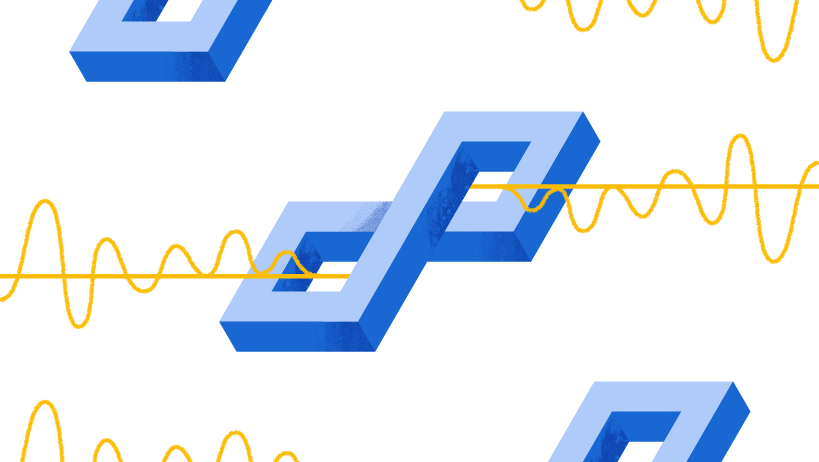Features and updates
Cirq integration
Cirq is a python framework for writing, simulating, and executing quantum programs. Cirq's built-in simulator is useful to around 20 qubits. By using the `qsimcirq` simulator, one can boost the number of qubits simulated to be mostly limited by available RAM. Up to 40 qubits can be simulated on a 90-core Intel Xeon workstation.
Install qsim on GCP
Learn how to simulate up to 38 qubits on Google Cloud's Compute Engine. qsim has a prepackaged docker image that allows easy deployment of qsim, Juypter, and Cirq onto a virtual machine.
Upgrades to qsim
To help researchers and developers develop quantum algorithms today, we have made updates to qsim that make it more performant and intuitive, and more "hardware-like".
Integrating qsim with NVIDIA's cuQuantum SDK
The integration between qsim and the NVIDIA cuQuantum SDK will enable qsim users to make the most of GPUs when developing quantum algorithms and applications.





